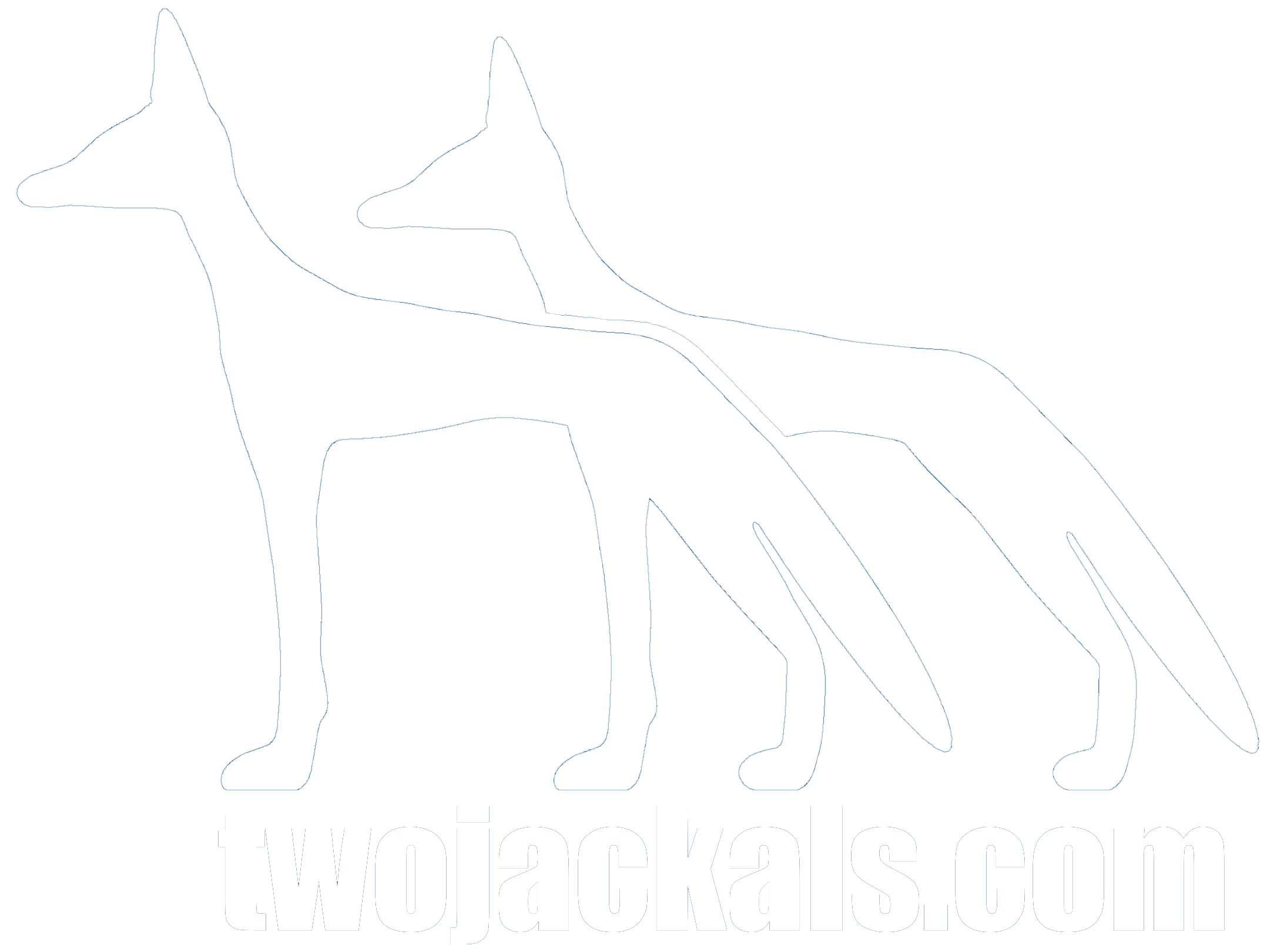
The šdšd (shedshed) object appears in front of Wepwawet on His standards, in front of the jackal iconography at the top of a staff or pole, but a very similar stand-alone object can also be found. The shedshed itself has been the center of several studies both formal and informal, but there can as of yet be no certainty in its representation; we do, however, have very good theories to work with.
Working theories put forward include:
- Placenta (representing birth of the King)
- Feather (rolled up)
- Bag
- Throne seat / cushion
- Sledge
- Canid den / burrow
- Celestial location, space, or path (particularly of the King after death)
Depictions of Wepwawet’s standard began as more of a sledge-shape, as we can see on the Narmer macehead, but a similar object to what we see in later representations appears to follow. When on its own in this manner, the bulbous object looks remarkably shedshed-esque and is representative (on its own) as the placenta from the King’s birth [Frankfort, Kingship and the Gods] along with the umbilical cord attached.

Considering the latter representations of the shedshed on Wepwawet standards or imagery where the sledge takes on the protuberance at the front, a likely link is formed between the two, and the placenta continues to be a prevailing working theory as to its identity; however, scholars have disagreed over the years. Considering how different the imagery can be between the Wepwawet standard and the sole-imaged Placenta figure, even if they became more similar over time, discussion about why they were (or still are) so different makes an assumption of two separate objects; however, the same object being represented in slightly different ways or contexts is not out of the question.
One important note is in the verb wpi (open, separate) which makes up part of the word Wepwawet as a name or title: this can reference the opening of the uterus during childbirth, which may bring us back to this placenta idea once again.

There is also much to be gained from the interpretation of the shedshed as an animal den or burrow, particularly considering other related ideas (see Roles: Royalty) of the ’emergence’ of the jackal from its place of hiding or cover, eg: tamarisk bush. Linda Evans also points out that the verb šdi can be translated as ‘remove, take away, dig, hollow out’ possibly lending credence to the creation or existence of an animal burrow.
Evans also mentions the sign šd itself, however considering this sign represents a ‘waterbag’ (an animal skin purposed to carry water), this actually feels more similar to the placenta idea than that of a burrow. That being said, she does point out the term’s relationship to spatial aspects in this form (the idea of Wepwawet as a space-maker) which is worth discussion.
References in the Pyramid Texts to the shedshed object have the King ascending to heaven ‘atop the shedshed’, though the interpretation of the language behind it may more closely allude to in or through when thinking of whole context such as hr šdšd pt (through or in the void of heaven). This gives leverage to the idea of the shedshed as a path, place, or space, something of a celestial tunnel or even destination.
Ultimately, the true reason for the existence of the shedshed object is still to this day a mystery, but one worth continued exploration.
